China Insight: On the Path to Recovery? What to Expect From China’s Market in 2023
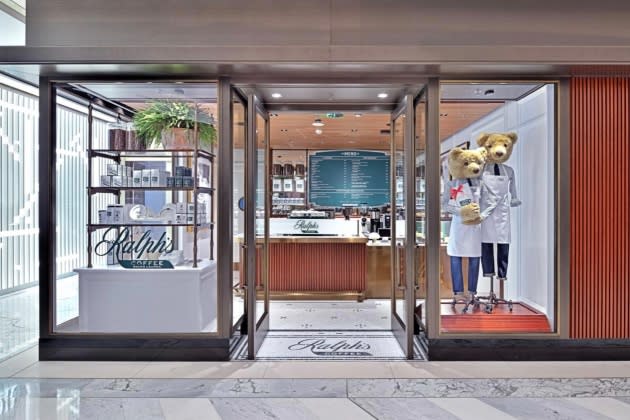
China’s GDP growth in 2022 ended at 3 percent, lower than the expected 5.5 percent, leading to an adjustment of the official GDP growth forecast for 2023 to 5 percent, which was revealed at the recent sessions of the National People’s Congress and the Chinese People’s Political Consultative Conference.
Fashion consumption is, to some extent, a barometer of the economic situation. So will the Chinese market be able to stay afloat and will Chinese consumption make a significant contribution to global growth?
More from WWD
According to China’s National Bureau of Statistics, retail sales of consumer goods in the Chinese market declined by 0.4 percent to $5.73 trillion last year (excluding automobiles), with total retail sales of apparel, footwear, hats and needlework declining by 6.5 percent to $189.3 billion, total retail sales of cosmetics declining by 4.5 percent to $57.3 billion, and total retail sales of gold, silver and jewelry declining by 1.1 percent to $43.9 billion. Growth of 3 percent is achieved with the GDP of more than $17.5 trillion, which is a significant decrease compared to last year’s target growth rate of 5.5 percent.
However, compared to $14.4 trillion in 2019, $14.8 trillion in 2020 and $16.7 trillion in 2021, China’s economy is still growing.
Last year’s achievements laid some groundwork for the 5 percent growth target set by China this year. But uncertainty still exists. Every cyclical fluctuation of the economy is a process of upgrading and transformation for markets and companies and, of course, also an opportunity. Countries and companies around the world have experienced a number of economic cycles and the dramatic changes that come along with them. China, for sure, will be no exception.
In the past, the Chinese fashion industry has experienced rapid expansion amid the fast-growing economy. Even when the economy experienced slight fluctuations, the sector has often shown a quick recovery. This is partly due to the resilience of Chinese companies and partly due to the inherent dividends of the time in the Chinese market, which is in the midst of an upward cycle.
However, the process of gradually moving to a higher peak will inevitably imply greater challenges. How can China’s fashion industry continue to balance the uniqueness of its own industrial structure in a market environment full of profound changes, such as upgrading and competition?
Recently, during the release of its 2022 financial results, Hermès chairman Axel Dumas told analysts that strong demand was still being seen in China. He added: “Stable sales were maintained in the Chinese market over the past two years. It is a strong growth momentum that China continues to show, rather than a recovery.”
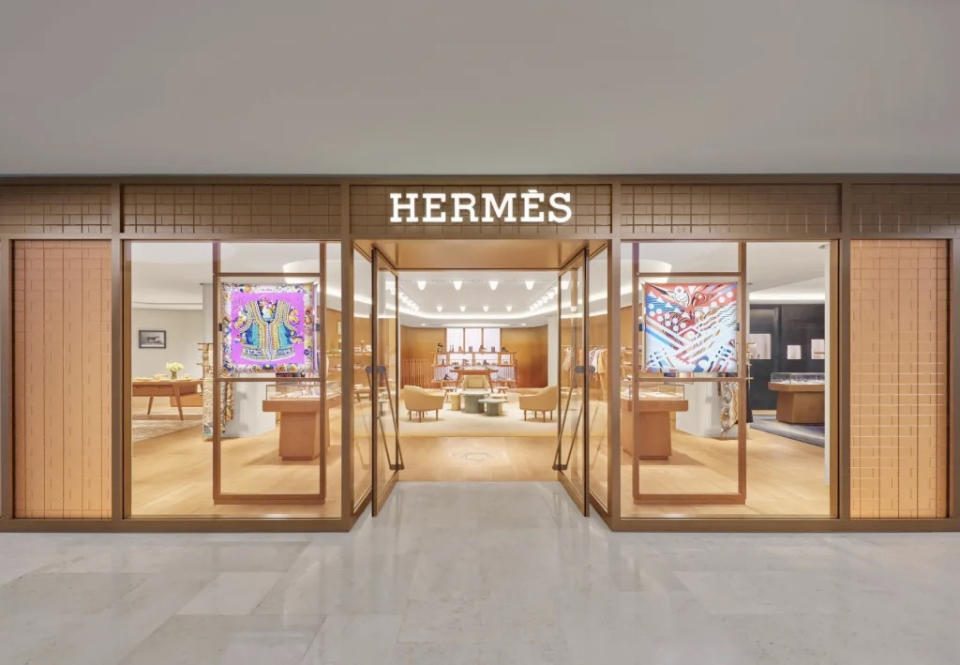
Jean-Marc Duplaix, chief financial officer of Kering Group, also noted during its announcement of 2022 results that the better than expected sales during the Chinese New Year holiday and the strong rebound in purchases in the Greater China area “are quite an encouraging start to the year.”
Earlier this year, François-Henri Pinault, chairman and chief executive officer of Kering, visited the four major luxury markets of Shanghai, Beijing, Chengdu and Nanjing, while Cédric Charbit, CEO of Balenciaga; Francesca Bellettini, CEO of Saint Laurent; Guillaume Motte, global president and CEO of Sephora; Alia Gogi, president of LVMH-Sephora Asia; John Idol, chairman and CEO of Capri, and other executives of international groups also have visited the Chinese market over the last few months since the country reopened following the pandemic lockdowns.
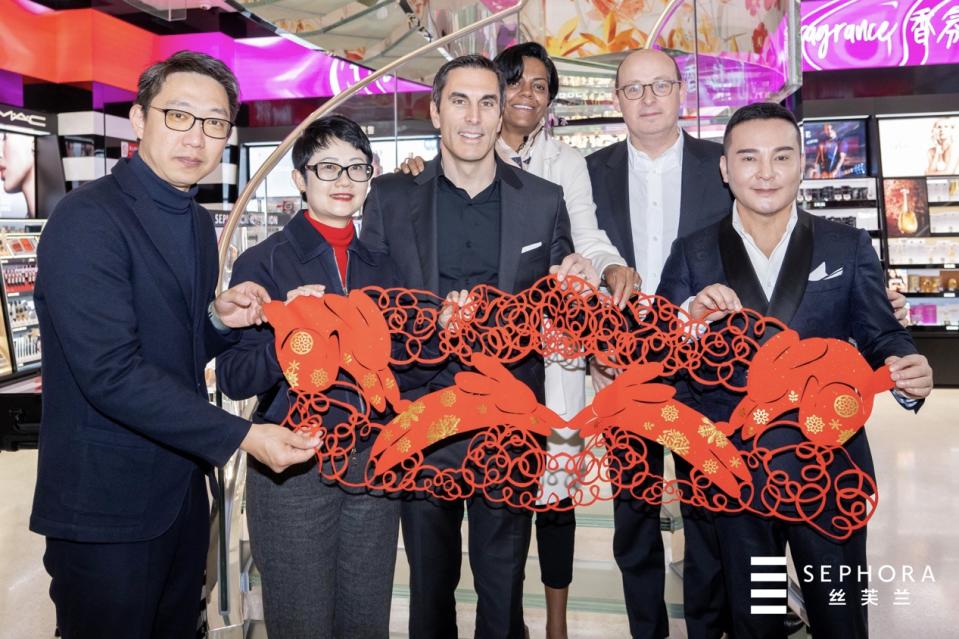
Among them, Gildo Zegna was one of the first luxury group executives to travel to Hong Kong and Macau after the lifting of the epidemic prevention and control policy. Pinault was invited to meet with the secretary of the Municipal Party Committee, Chen Jining, along with many international brands and foreign institutions in Shanghai.
China and the international market need each other, a trend driven by the booming domestic consumer market in China. According to the 2022 China Luxury Report by the Yaoke Research Institute, online sales of luxury products in China reached $29.1 billion in 2022, and online transactions of international luxury brands in China grew by about 31 percent reaching $32 billion. At the same time, the trend of high-end customers in the market further emerged in 2022. In 2022, there were about 5 million high-end consumers with net assets of more than $1.46 million in China, contributing 82 percent of luxury consumption.
UBS analysts pointed out in a recent report that although Chinese consumers’ share of global luxury spending fell to 17 percent last year due to the epidemic, Chinese consumers will be more important to luxury brands in 2023 than in 2019. For his part, Arnaud Cadart of asset management firm Flornoy Ferri expects Chinese luxury spending to achieve a 30 percent year-over-year increase this year.
The opportunities behind a fashion value system “with Chinese characteristics”?
The advantages of China’s fashion industry in the past 40 years may be divided into two parts. One is the market scale, the supply chain advantage corresponding to the stage of development and other objective industrial structures that are difficult to duplicate. The second is the accelerated innovation in technology, sustainability, retail and other areas.
As China’s fashion industry is entering a new stage of development, spurts of opportunity in the domestic market and favorable conditions, how far away is the country from a new fashion value system?
Culture becomes a platform for synergy between China and foreign markets
When Chinese cultural assets are discussed, it usually means the nation’s long cultural heritage. Today, however, the cultural label of China’s fashion industry is redefined in a commercial environment, with significant implications for the sector.
At present, cultural consumption continues to receive attention from policy makers and the market through growing cultural exchanges between China and the West and the rise of local emerging creative talents.
The “Blue Book of Cultural Industries’ Report on the Development of China’s Cultural Industry (2022-2023)” points out that the high-quality development of cultural industries is both a summary of China’s development since 2022 and the future direction for development emphasized in the 20th National Congress Report. Its basic principles include combining the strategy of expanding domestic demand in the cultural industry with deepening structural reform on the supply side, combining the promotion of the cultural industry to achieve effective improvement in quality and reasonable growth in quantity, and combining the social and economic benefits of the cultural industry.
In addition, the importance international brands attach to Chinese culture has evolved beyond the symbolic gestures, like special products launched during traditional festivals, to a deeper, localized cultural relevance and social responsibility.
For example, in the past year, cultural landmarks such as Shanghai Zhang Yuan, a revitalized part of old Shanghai, and Anaya Community, a local real estate vacation development, have attracted many international brands, and international brands such as Louis Vuitton, Loewe and Burberry have focused on cultural story telling and promoted traditional Chinese arts and crafts through many cultural conservation projects.
The cultural exchange between China and the West in the fashion industry is also a two-way street. While international brands continue to embrace Chinese culture, domestic brands and local Chinese designers are gaining influence in the global fashion industry, as in the case of the rising number of Chinese designers who show their collections at New York, London, Milan and Paris fashion weeks. Chinese designers have also taken part in the LVMH Young Designers Awards. In the upcoming awards, which will celebrate their 10th anniversary, a range of Chinese designers have been selected as semifinalists, like Louis Shengtao Chen, Wei Wang and Tian Shi, the creators of the label Marrknull, and Michael, Richard and Steve Hsieh, and their brand Namesake.
Recently, French fashion trade show Tranoï signed a three-year partnership with the China Fashion Association to launch the “China Select” project to showcase the work of Chinese designers during Paris Fashion Week.
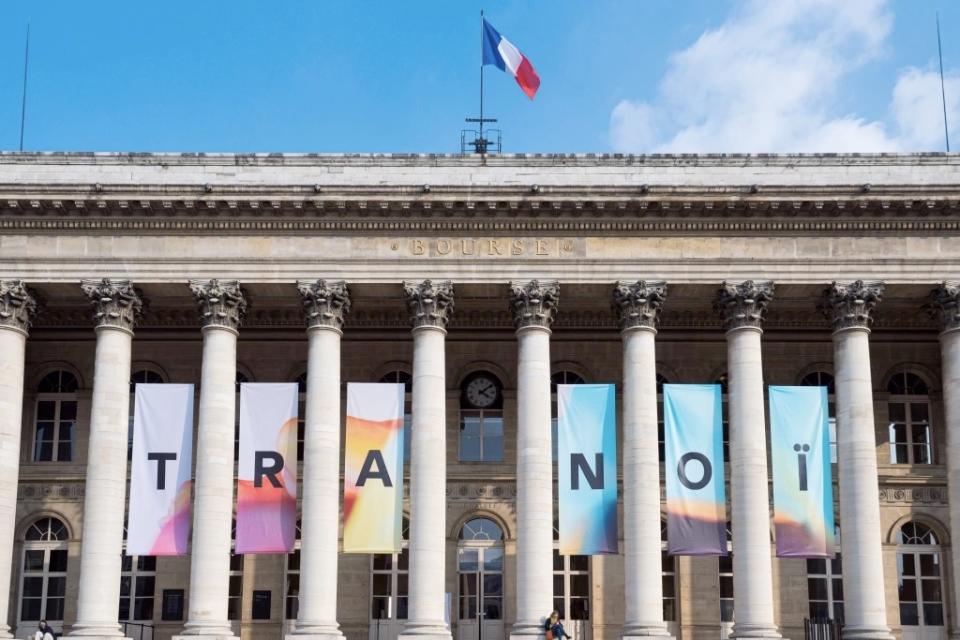
The future of retail in an era of “qualitative growth”
According to the industrial transformation plan, the fashion industry will also move toward a high-quality development stage. With a fast-growing and constantly renewed economy, a digital intelligence-enabled retail system is the key to “high quality” in a modern business environment.
Facing a new starting point with recovery momentum, the retail industry is gradually moving toward the next stage of expansion and improvement from scale to quality. According to incomplete statistics, at the end of 2022, Shanghai will launch 23 commercial projects in 2023, with an overall commercial volume of about 1.72 million square meters. The southwest region is set to open 74 commercial projects in 2023, with an additional commercial volume of 7.24 million square meters.
Changes in the GDP rankings of new first-tier cities such as Chongqing, Chengdu and Suzhou are bound to further influence the focus of China’s business environment and the layout plans of international brands in 2023. Among them, Chongqing surpassed Guangzhou to become the “city with the fourth largest GDP” while Chengdu’s GDP reached $303 billion, becoming the seventh city in mainland China to exceed the 2 trillion yuan threshold in economic output.
For the southwest region, although the number of projects to be opened has decreased significantly for two consecutive years, it is worth noting that the trend in individual regions is positive and high-quality projects under well-known enterprises are set.
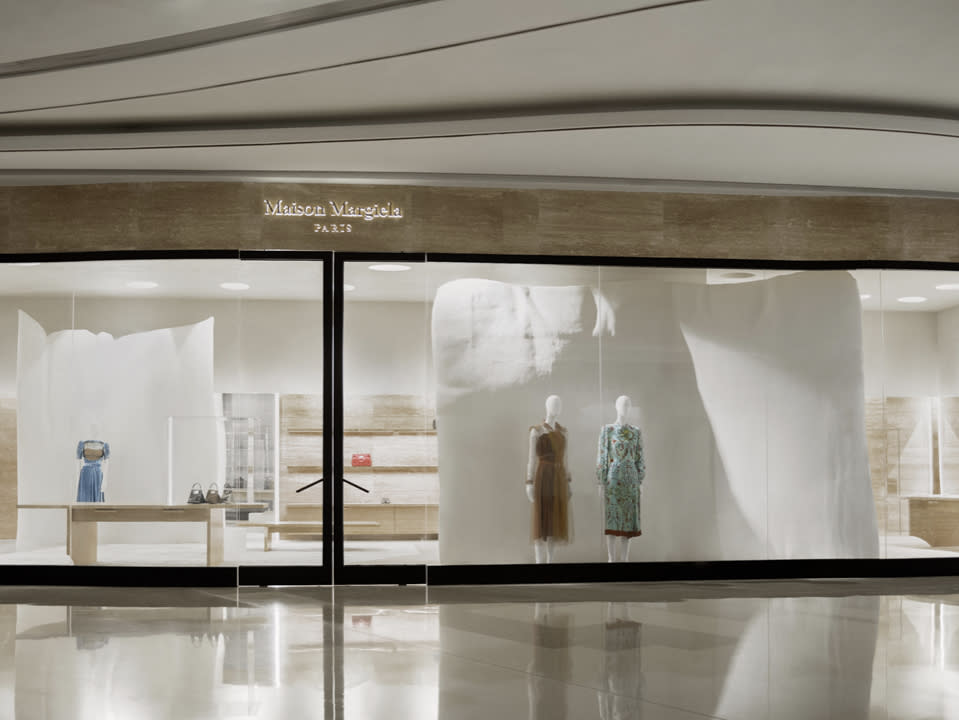
According to the Action Plan for the Renovation and Upgrading of Beijing’s Commercial Districts (2022-25), a new round of 54 commercial districts will be renovated and upgraded by 2025, on the basis of the previous round of 22 commercial districts. Jingxiangjie Street, located in the core area of Beijing CBD, has already been upgraded and will become a digital and experiential commercial district with Chinese cultural heritage. In the Chaowai business district of CBD, the new The Box Chaowai will focus on building a landmark of Beijing’s youth power center focusing on Gen Z. The Tong Ying Center, which also belongs to the Sanlitun business district, will create the “Tong Ying Center Metaverse Commercial Complex Project” focusing on the online and offline technology consumption experience of Gen Z.
In addition, there is the K11 Ecoast, the first flagship project of K11 in mainland China, which is being jointly built with China Merchants Shekou in Shenzhen. With commercial real estate groups such as Swire Properties and Wangfujing landing duty-free projects, China’s duty-free market is also showing a different momentum.
Technology innovation and sustainable fashion serve as capital for industry upgrade
In the past decade, China’s fashion industry experienced the rapid development of Web 2.0 in the e-commerce era. Live broadcast and virtual makeup trials related to consumer scenes and experiences have once and for all removed the physical limitations of the real world and brought fashion and luxury goods into the Chinese “internet-plus” frenzy based on big data, social and digital experiences. The scale of development in the digital economy, the huge consumer population, the advanced development level of AI and innovative applications in various industrial chains have laid a solid foundation for the exploration of Web 3.0 combining virtual and reality.
With the continuous strengthening and strong support for sustainable development, especially the emphasis in the 14th Five-Year Plan and the 2035 Vision, sustainable development has become the key direction for the future development of China’s fashion industry.
Erdos Cashmere Group has formulated the “Erdos Way” as the sustainable development platform from three dimensions — supply chain, brand and employees — and carefully built the sustainable action of the whole industrial chain of cashmere production, from pasture to shopping mall and from herdsmen to customers. Septwolves has embraced biodiversity in its brand genes, and participated in the United Nations Convention on Biological Diversity to protect biological diversity. The concept of public welfare and environmental protection is implemented into its whole product life cycle of design and development, production and manufacturing. Many designers are also participating in the sustainable journey — for example, Zhang Na, founder of the Reclothing Bank, has been working for the past 10 years or so to practice the 3Rs principle, i.e. “Refuse to waste (Refuse), Recycle (Recycle), fashion reborn (Rebirth).”
“New” is the key word of 2023, and the underlying logic for China’s fashion industry: high quality, sustainability, science and technology, and culture. The key words for industrial development have not changed, but the market’s understanding of them is undergoing a new and profound change.
Best of WWD

